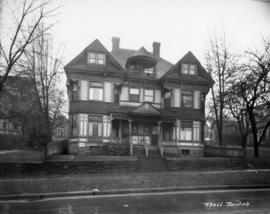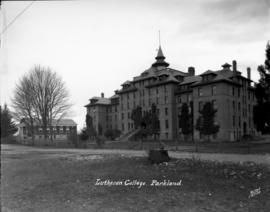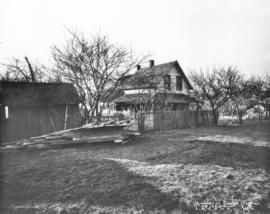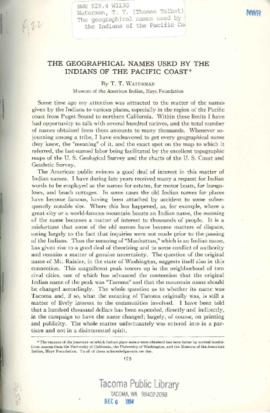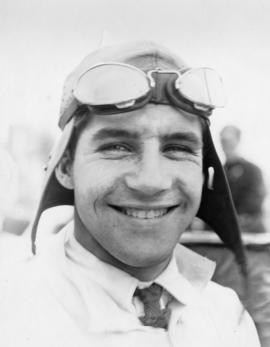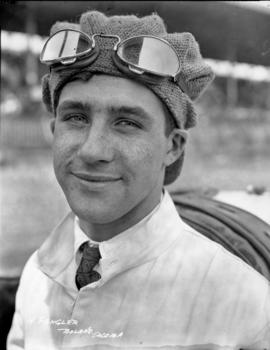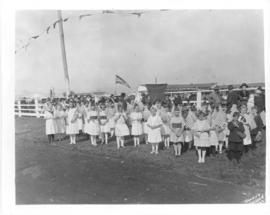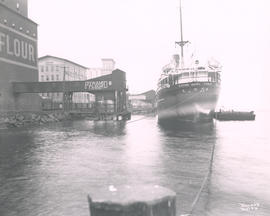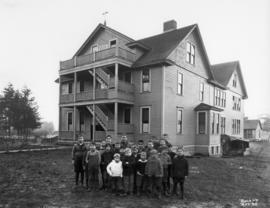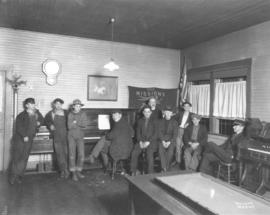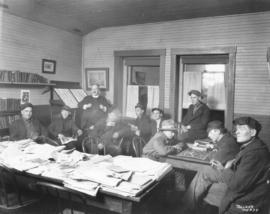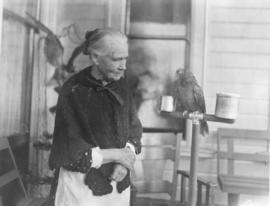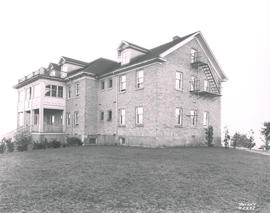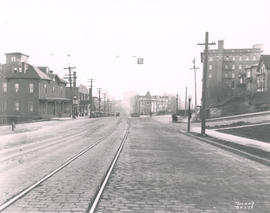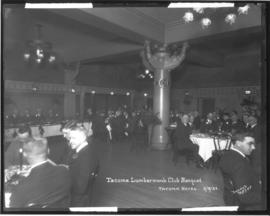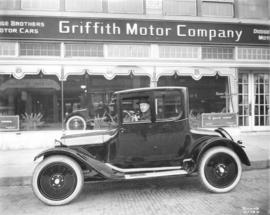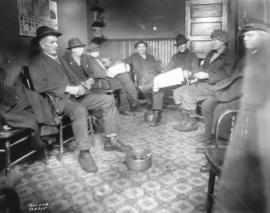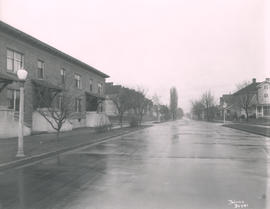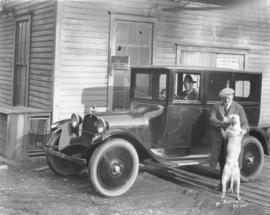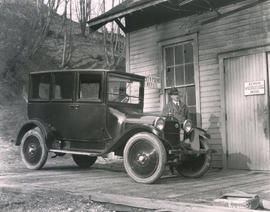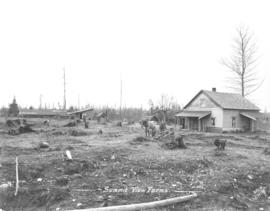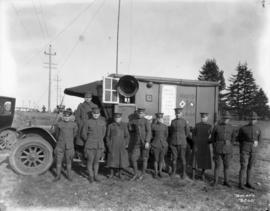In February of 1922, three Swiss mountaineers became the first climbers to reach the summit of Mt. Rainier in midwinter. The ascent had previously been thought to be impossible during the winter season. Jacques Bergues, Jacques and Jean Landry (l to r, on right, front row) along with movie cameraman Chas. Perryman (not pictured) climbed the icy slopes from Anvil Rock to the summit in 15 .5 hours on February 14th. At the far left in this photograph taken before the climb are four soldiers from Camp Lewis, (names listed in newspaper articles) who were led by Capt. Louis Cansler, left center. The soldiers were there to lay wire to connect Camp Muir to Tacoma by telephone so that news reports could be transmitted promptly. The man in center is W.H. Peters, Park Superintendent. Standing behind the Swiss climbers are three newspaper reporters from Tacoma: Lester Hunt, TDL; John Stoddard, T. Times; and George Miller, TNT. TPL-6477; G76.1-092 (TDL 1-31-22, p. 1; TNT 2-2-22, p. 1; TDL 2-3-22, p. 1; TDL 2-14-22, p. 1)
Mountaineering--Washington--1920-1930; Rainier, Mount (Wash.); Bergues, Jacques; Landry, Jean; Landry, Jacques; Peters, W.H.; Cansler, Louis; Linck, Julius; Wood, Edgar; Erickson, C.R.; Bradford, D.L.; Hunt, Lester; Stoddard, John; Miller, George;
